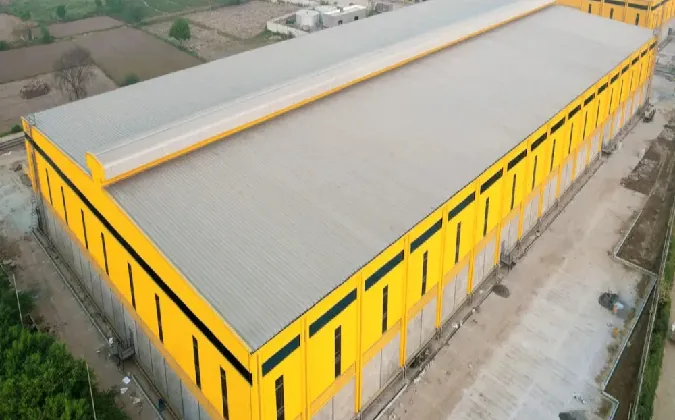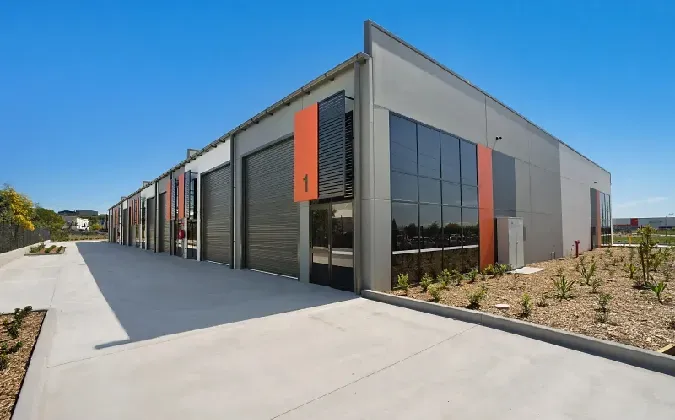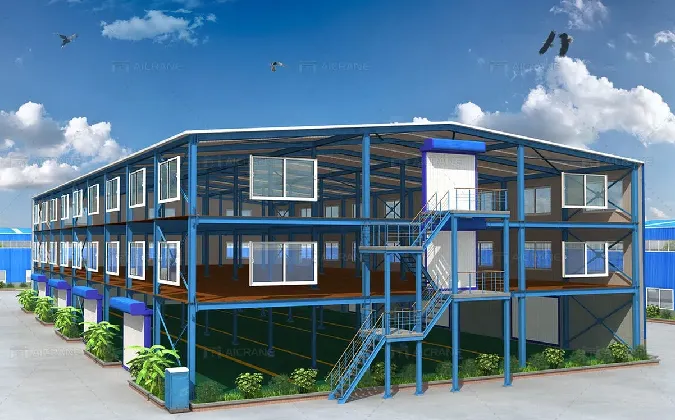- Afrikaans
- Albanian
- Amharic
- Arabic
- Armenian
- Azerbaijani
- Basque
- Belarusian
- Bengali
- Bosnian
- Bulgarian
- Catalan
- Cebuano
- Corsican
- Croatian
- Czech
- Danish
- Dutch
- English
- Esperanto
- Estonian
- Finnish
- French
- Frisian
- Galician
- Georgian
- German
- Greek
- Gujarati
- Haitian Creole
- hausa
- hawaiian
- Hebrew
- Hindi
- Miao
- Hungarian
- Icelandic
- igbo
- Indonesian
- irish
- Italian
- Japanese
- Javanese
- Kannada
- kazakh
- Khmer
- Rwandese
- Korean
- Kurdish
- Kyrgyz
- Lao
- Latin
- Latvian
- Lithuanian
- Luxembourgish
- Macedonian
- Malgashi
- Malay
- Malayalam
- Maltese
- Maori
- Marathi
- Mongolian
- Myanmar
- Nepali
- Norwegian
- Norwegian
- Occitan
- Pashto
- Persian
- Polish
- Portuguese
- Punjabi
- Romanian
- Russian
- Samoan
- Scottish Gaelic
- Serbian
- Sesotho
- Shona
- Sindhi
- Sinhala
- Slovak
- Slovenian
- Somali
- Spanish
- Sundanese
- Swahili
- Swedish
- Tagalog
- Tajik
- Tamil
- Tatar
- Telugu
- Thai
- Turkish
- Turkmen
- Ukrainian
- Urdu
- Uighur
- Uzbek
- Vietnamese
- Welsh
- Bantu
- Yiddish
- Yoruba
- Zulu
សីហា . 18, 2025 03:20 Back to list
The Paradigm Shift: Embracing Structural Steel in Modern Residential Construction
The architectural and construction industries are continuously evolving, driven by demands for enhanced durability, sustainability, and design flexibility. A significant trend shaping contemporary housing is the increasing adoption of structural steel residential homes, marking a profound departure from traditional timber-frame or concrete constructions. This shift is not merely stylistic but is underpinned by compelling technical advantages and economic efficiencies that resonate strongly with B2B stakeholders, including developers, architects, and engineering firms. Steel's inherent strength-to-weight ratio allows for larger clear spans, reduced column requirements, and greater design freedom, enabling the creation of open-plan living spaces and innovative architectural forms that are highly sought after in the modern housing market. Furthermore, steel's non-combustible nature, resistance to pests like termites, and superior seismic performance significantly enhance the safety and longevity of residential structures, reducing long-term maintenance costs and insurance premiums. The precision of steel fabrication, often performed off-site in controlled factory environments, leads to higher quality components, faster on-site assembly, and reduced construction waste, aligning with stringent environmental regulations and green building initiatives. This prefabrication also minimizes disruptions on the construction site, improving overall project timelines and labor efficiency, which is critical in an era of rising construction costs and skilled labor shortages. The lifecycle benefits, including recyclability of steel, contribute to a lower carbon footprint, positioning steel as a truly sustainable building material for the future of residential development.
Beyond its structural integrity and environmental benefits, the economic feasibility of structural steel residential homes is becoming increasingly attractive. While the initial material cost of steel might sometimes be higher than timber, the overall project cost can be significantly reduced due to quicker erection times, less on-site labor, and diminished material waste. Factors such as predictable material pricing, unlike the volatile lumber market, provide greater cost certainty for project budgeting. The long-term value proposition is also considerable, with steel homes typically having a longer service life and requiring less extensive repairs or renovations over decades compared to conventional builds. This resilience translates into lower operational expenditures for homeowners and higher resale values. The trend towards modular and prefabricated steel components further streamlines the construction process, allowing manufacturers to achieve economies of scale and pass those savings onto developers. This approach is particularly beneficial for large-scale residential projects or custom homes requiring intricate designs, where the precision and predictability of steel components ensure seamless integration and adherence to architectural visions. As the industry grapples with the dual challenges of rapid urbanization and sustainable development, the intelligent deployment of structural steel offers a robust, efficient, and future-proof solution for creating resilient and appealing residential communities.
Precision Engineering: The Manufacturing Process of Structural Steel
The manufacturing of structural steel components for structural steel residential homes is a highly engineered process, ensuring the delivery of robust and precise building elements. It begins with the selection of raw materials, primarily high-strength steel alloys conforming to international standards such as ASTM A992 for structural shapes or ASTM A36 for general structural purposes. These materials are chosen for their superior yield strength, tensile strength, and weldability. The initial phase involves hot rolling of steel billets into various structural shapes like I-beams, H-beams, channels, and angles. Following this, the fabrication process commences, typically off-site in specialized facilities. This involves precise cutting using advanced techniques such as CNC plasma cutting, laser cutting, or automated saw lines to achieve exact dimensions required by the architectural and structural drawings. After cutting, components undergo drilling for bolt holes, a process often performed by automated CNC drilling machines to ensure perfect alignment during assembly. Welding, a critical step, joins various steel sections to form trusses, frames, or custom assemblies. Welders are certified to standards like AWS D1.1 (Structural Welding Code – Steel), guaranteeing weld integrity and strength. Non-destructive testing (NDT) methods, including ultrasonic testing and magnetic particle inspection, are routinely employed to verify weld quality and detect any internal flaws, ensuring compliance with stringent quality control protocols.
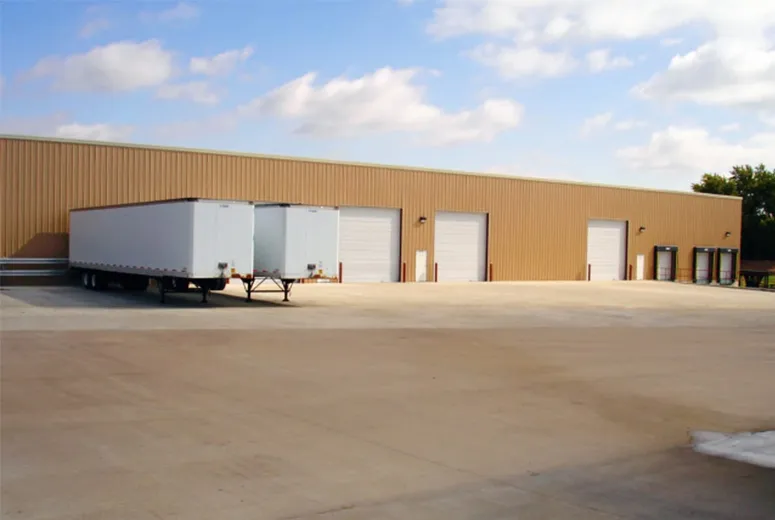
Post-fabrication, surface preparation and protective coatings are applied to enhance the durability and longevity of steel components. This often involves shot blasting to clean the steel surface, followed by the application of corrosion-resistant primers and topcoats, such as zinc-rich paints or epoxy coatings, tailored to the specific environmental conditions of the building site. For applications requiring exceptional corrosion resistance, hot-dip galvanizing is performed, providing a metallurgical bond of zinc to the steel surface. All these processes are meticulously controlled and inspected to meet or exceed industry standards like ISO 9001 for quality management systems and ANSI/AISC 360 for structural steel buildings, ensuring that every component is fit for purpose and will deliver its expected performance over a prolonged service life, often exceeding 100 years. The meticulous nature of this manufacturing and quality control regime contributes significantly to the reliability and safety of structural steel residential homes, providing a robust framework capable of withstanding various environmental stressors, including high winds, seismic activity, and even fire, when properly designed with fire-resistant materials. The end result is a high-performance building envelope that offers superior protection and efficiency for its occupants.
Technical Advantages and Application Versatility in Modern Residences
The technical prowess of structural steel residential homes extends beyond their foundational strength, impacting various aspects of building performance and design. Steel's superior strength-to-weight ratio allows for significantly lighter foundations compared to concrete or masonry, reducing material consumption and excavation costs. This characteristic also facilitates larger open-plan living spaces without intermediate columns, offering unparalleled interior design flexibility. Architecturally, steel allows for the creation of intricate and contemporary designs, including cantilevered sections, large expanses of glass, and complex geometric forms that would be challenging or impossible with traditional materials. From a performance standpoint, steel structures exhibit excellent seismic resilience due to their ductility, meaning they can deform under stress without fracturing, absorbing earthquake energy more effectively than brittle materials. In terms of thermal performance, while steel is a conductor, modern building practices integrate advanced insulation techniques, such as thermal breaks and high-performance cladding systems, to achieve exceptional energy efficiency, often surpassing the requirements of Passive House or Net-Zero Energy standards. This strategic integration ensures that structural steel residential homes are not only robust but also highly energy-efficient, significantly reducing heating and cooling loads and operational costs for homeowners.
Corrosion resistance is another critical advantage, especially when steel is properly treated with galvanization or high-performance coatings, ensuring longevity even in harsh coastal or industrial environments. Unlike wood, steel is impervious to termites, rot, and mold, mitigating common issues that plague traditional constructions and requiring less ongoing maintenance. Its non-combustible nature offers a higher degree of fire safety, crucial for residential applications, contributing to occupant safety and potentially lower insurance premiums. The adaptability of steel also shines in various residential applications, from single-family custom homes and luxury estates to multi-story apartment complexes and modular housing units. For instance, in urban infill projects or areas with challenging soil conditions, the lightness and strength of steel frames minimize impact on existing infrastructure and simplify construction logistics. In the realm of prefabricated and modular housing, steel frames are central to creating highly durable, transportable, and rapidly deployable units, addressing urgent housing needs and enabling efficient mass production. The integration of smart home technologies and renewable energy systems (e.g., rooftop solar panels) is also seamless with steel structures, as they provide robust support for heavy installations and allow for flexible routing of conduits and wiring. This makes structural steel residential homes a prime choice for forward-thinking developers aiming to deliver sustainable, resilient, and technologically advanced living spaces.
Market Dynamics: Understanding Residential Metal Building Prices and Value
Understanding the factors influencing residential metal building prices is crucial for developers and homeowners considering structural steel residential homes. While initial material costs for steel might appear higher per pound than lumber, the total project cost often balances out or even becomes more favorable due to efficiencies gained throughout the construction lifecycle. Key drivers of pricing include the complexity of the design, the total square footage, the type of steel used (e.g., standard structural steel vs. high-strength alloys), and the chosen finish or coating systems (e.g., galvanized, painted, or specialized corrosion protection). Fabrication precision, including advanced CNC cutting and welding, while increasing initial component cost, significantly reduces on-site labor and erection time, minimizing expensive delays and errors. Furthermore, the geographical location plays a role, affecting shipping costs of prefabricated components and local labor rates for assembly. Market demand, raw material prices, and global supply chain dynamics also contribute to price fluctuations. However, the long-term value proposition of structural steel residential homes often outweighs these initial considerations. Their extended lifespan, minimal maintenance requirements, and superior resilience against natural disasters (fire, wind, earthquakes) lead to significant savings over the building's operational life, translating into lower total cost of ownership for the homeowner and higher long-term asset value.
Navigating the Landscape of Residential Metal Building Manufacturers
The market for residential metal building manufacturers is diverse, ranging from large-scale industrial fabricators to specialized boutique firms focusing on custom homes. When selecting a manufacturer for structural steel residential homes, several factors are paramount, including their experience, production capacity, adherence to quality standards, and ability to provide comprehensive design and engineering support. Reputable manufacturers typically possess certifications like AISC (American Institute of Steel Construction) or equivalent regional accreditations, signifying their commitment to quality fabrication and erection practices. Their capabilities often include in-house structural engineering teams that can optimize designs for efficiency and cost-effectiveness, ensuring compliance with local building codes and seismic requirements. Lead times for fabrication and delivery can vary significantly, depending on the manufacturer's backlog and the complexity of the project, a crucial consideration for project scheduling. Moreover, the level of customization offered, from bespoke architectural designs to specialized finishes and integrated systems, differentiates leading manufacturers. Some specialize in modular residential units, offering standardized yet adaptable designs that expedite construction and reduce on-site waste, appealing to developers focused on scalable solutions.
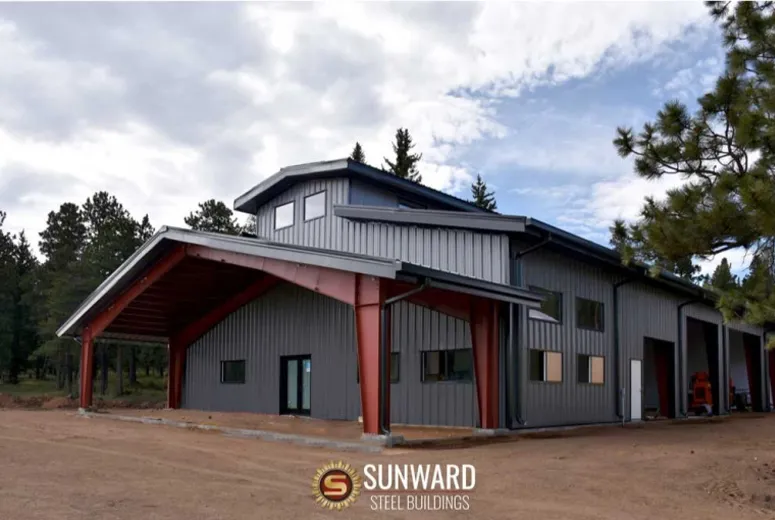
A key aspect of successful structural steel residential homes projects lies in the collaborative approach between the client, architect, and manufacturer. Premier manufacturers offer extensive consultation services, guiding clients through material selection, structural optimization, and value engineering to achieve the desired aesthetic and performance within budget constraints. Their service portfolio often includes detailed shop drawings, 3D modeling for visualization, and comprehensive technical support throughout the construction phase. For clients seeking highly sustainable solutions, manufacturers with a strong commitment to green building practices, such as using recycled steel content and energy-efficient production processes, should be prioritized. The reputation of a manufacturer, often evidenced by client testimonials, completed project portfolios, and long-term industry presence, provides a reliable indicator of their trustworthiness and capability. For instance, manufacturers that consistently deliver on complex projects and offer robust after-sales support, including warranty provisions and maintenance guidelines, typically represent a lower risk and higher value proposition. The emphasis on factory-controlled conditions for fabrication ensures higher dimensional accuracy and component quality, which translates directly into faster, smoother, and safer on-site erection, reinforcing the efficiency gains inherent in steel construction for residential applications.
Ensuring Trust and Authority: Client Support, Warranty, and FAQs
For B2B clients considering structural steel residential homes, establishing trust and confidence in the supplier is paramount. Reputable providers underscore their authority and reliability through comprehensive client support, transparent warranty policies, and clear communication on logistics. A typical delivery cycle for custom structural steel residential homes components involves several phases: design finalization (2-4 weeks), shop drawing approval (1-2 weeks), fabrication (4-8 weeks depending on complexity and order size), and shipping (1-3 weeks depending on distance). This streamlined process, coupled with factory prefabrication, ensures predictable timelines and reduces on-site delays. Quality assurance is maintained through rigorous in-house inspection protocols, often third-party verified, adhering to standards like ISO 9001 for quality management and specific structural steel codes such as AISC 303 (Code of Standard Practice for Steel Buildings and Bridges). Manufacturers typically offer robust warranties covering material defects and fabrication workmanship, often ranging from 10 to 25 years for structural integrity and various durations for coatings and finishes, reflecting confidence in their product’s longevity. Comprehensive client support extends from initial consultation and design collaboration to post-delivery technical assistance, ensuring that any challenges during erection or subsequent phases are promptly addressed by expert teams.
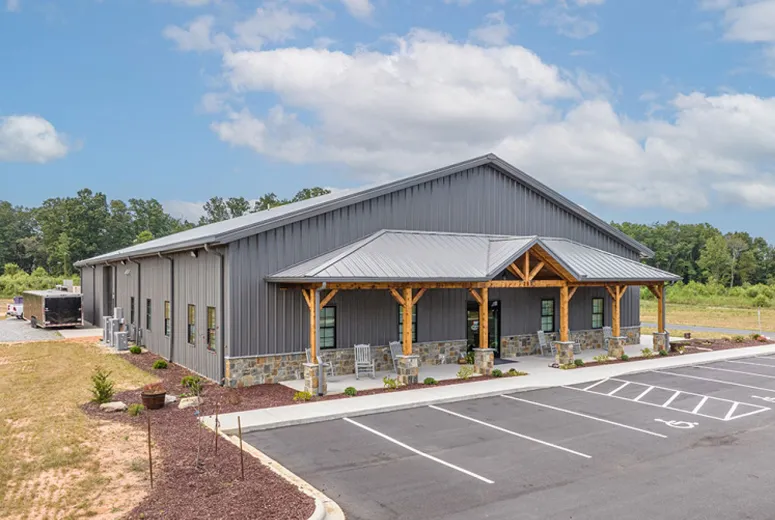
Addressing common concerns proactively, a detailed FAQ section is invaluable for B2B decision-makers. Potential questions often revolve around customization limits (virtually limitless with steel), thermal performance (excellent with proper insulation integration), acoustic properties (can be managed effectively with appropriate design and materials), and the overall cost-effectiveness compared to traditional construction. For example, while residential metal building prices for raw materials might be higher, the reduced labor costs, faster construction times, and long-term durability typically result in a more favorable total cost of ownership. Our commitment to client success is further demonstrated by offering detailed product specifications, material safety data sheets (MSDS), and adherence to international certifications like ASTM for material properties and IBC (International Building Code) for structural design. Partnership with leading architectural and engineering firms also showcases our collective expertise and capacity to deliver complex projects. We provide dedicated project managers who serve as single points of contact, streamlining communication and ensuring project milestones are met efficiently. This holistic approach, encompassing rigorous quality control, transparent documentation, extensive technical support, and clear warranty provisions, builds significant trust and establishes our authority as a preferred partner in the structural steel residential homes market, ensuring clients receive not just a product, but a comprehensive, reliable solution.
Future Outlook and Concluding Insights on Steel Structures
The trajectory for structural steel residential homes points towards continued growth and innovation, driven by a confluence of factors including increasing demand for sustainable building practices, resilience against climate change impacts, and the need for faster, more efficient construction methods. Advances in steel alloys, such as high-strength low-alloy steels, are further enhancing structural capabilities while reducing material usage, contributing to even lighter and more eco-friendly structures. The integration of Building Information Modeling (BIM) and digital fabrication technologies is revolutionizing the design and construction workflow, enabling unprecedented precision, waste reduction, and collaboration across project stakeholders. This digital transformation allows for highly detailed pre-construction planning, clash detection, and optimized material utilization, significantly improving the overall efficiency of building structural steel residential homes. Furthermore, the focus on urban densification and modular construction techniques is expected to bolster the demand for steel, given its inherent suitability for prefabricated components and multi-story applications. The inherent recyclability of steel, with over 80% of structural steel being recycled at the end of a building's life, aligns perfectly with circular economy principles and increasingly stringent environmental regulations, solidifying its position as a truly sustainable material. This positions steel not merely as an alternative, but as a preferred solution for future residential developments seeking to balance performance, cost, and environmental responsibility.
In conclusion, the evolution of structural steel residential homes represents a pivotal advancement in the construction industry, offering a robust, efficient, and sustainable alternative to traditional building methods. From their enhanced seismic resilience and fire safety to superior longevity and design flexibility, steel structures provide a compelling value proposition for discerning B2B clients. The meticulous manufacturing processes, adherence to international quality standards, and comprehensive client support offered by leading residential metal building manufacturers ensure the delivery of high-performance buildings that meet the most demanding specifications. As urbanization accelerates and the imperative for sustainable development intensifies, the strategic adoption of steel framing in residential projects will not only address contemporary housing challenges but also lay the groundwork for a more resilient and environmentally conscious built environment. The economic advantages, characterized by reduced overall project costs through faster construction and lower long-term maintenance, further solidify steel's role as a smart investment for developers and homeowners alike. The ongoing innovations in steel technology and construction methodologies promise to further unlock the potential of steel, making it an indispensable material in shaping the residential landscapes of tomorrow.
References for Further Reading
- American Institute of Steel Construction (AISC) – Publications on Structural Steel Design and Construction.
- National Institute of Standards and Technology (NIST) – Reports on Building Performance and Durability.
- The Steel Construction Institute (SCI) – Technical Publications on Steel in Residential Buildings.
- International Building Code (IBC) – Provisions for Steel Structure Design and Materials.
- ASTM International – Standards for Steel Products and Testing.
-
Steel Frame Factory with Insulated Roof Panels
NewsAug.14,2025
-
Prefab Metal Building with Insulation Package Options
NewsAug.14,2025
-
Industrial Steel Sheds for Temporary Workshop Use
NewsAug.14,2025
-
Metal Workshops Featuring Corrugated Steel Roofs
NewsAug.14,2025
-
Modular Steel Frame Excellence: Our Pursuit of Perfection
NewsAug.14,2025
-
Metal Garage Kits Crafted with Customer Satisfaction at Heart
NewsAug.14,2025
Products categories
Our Latest News
We have a professional design team and an excellent production and construction team.






